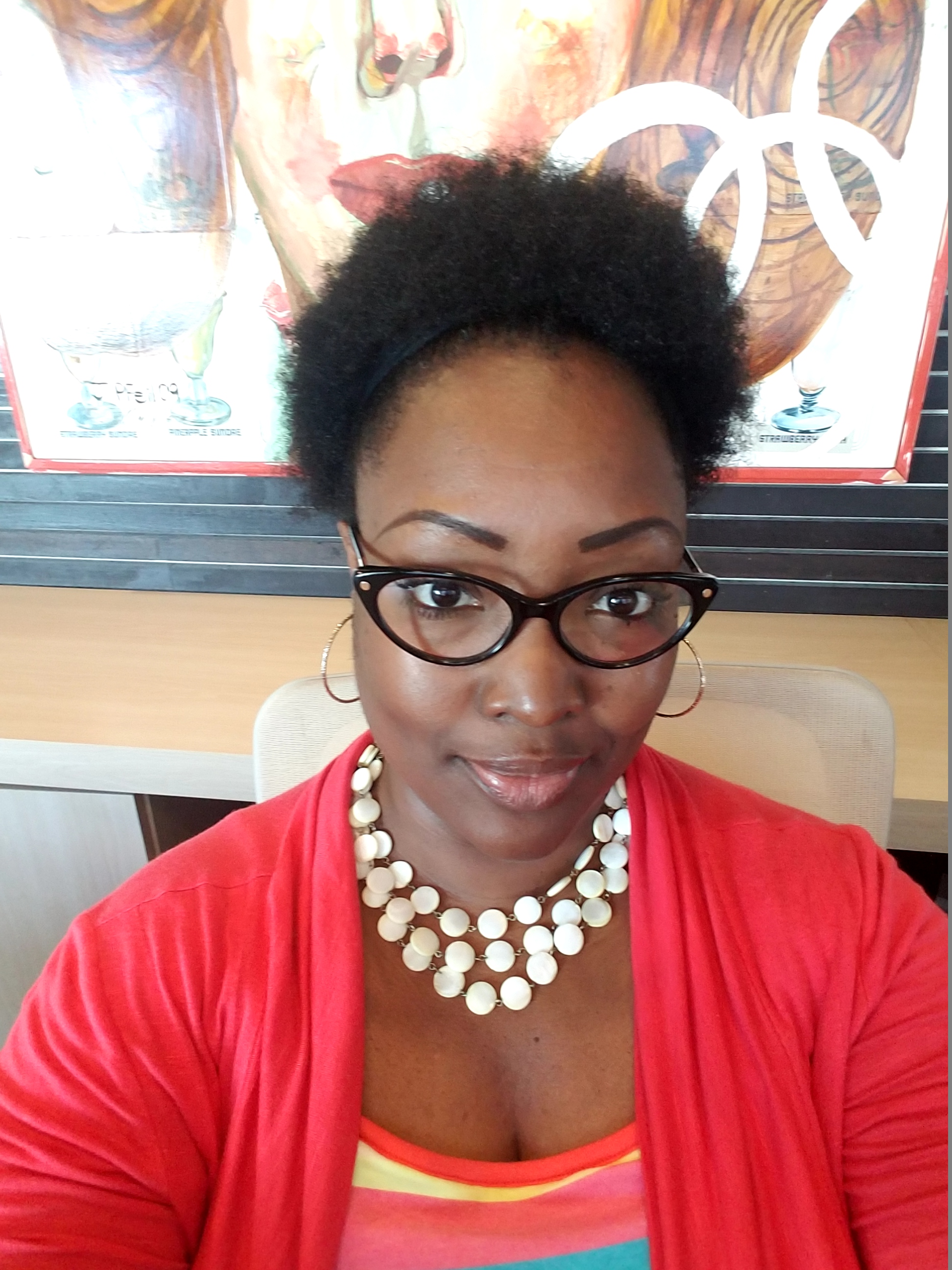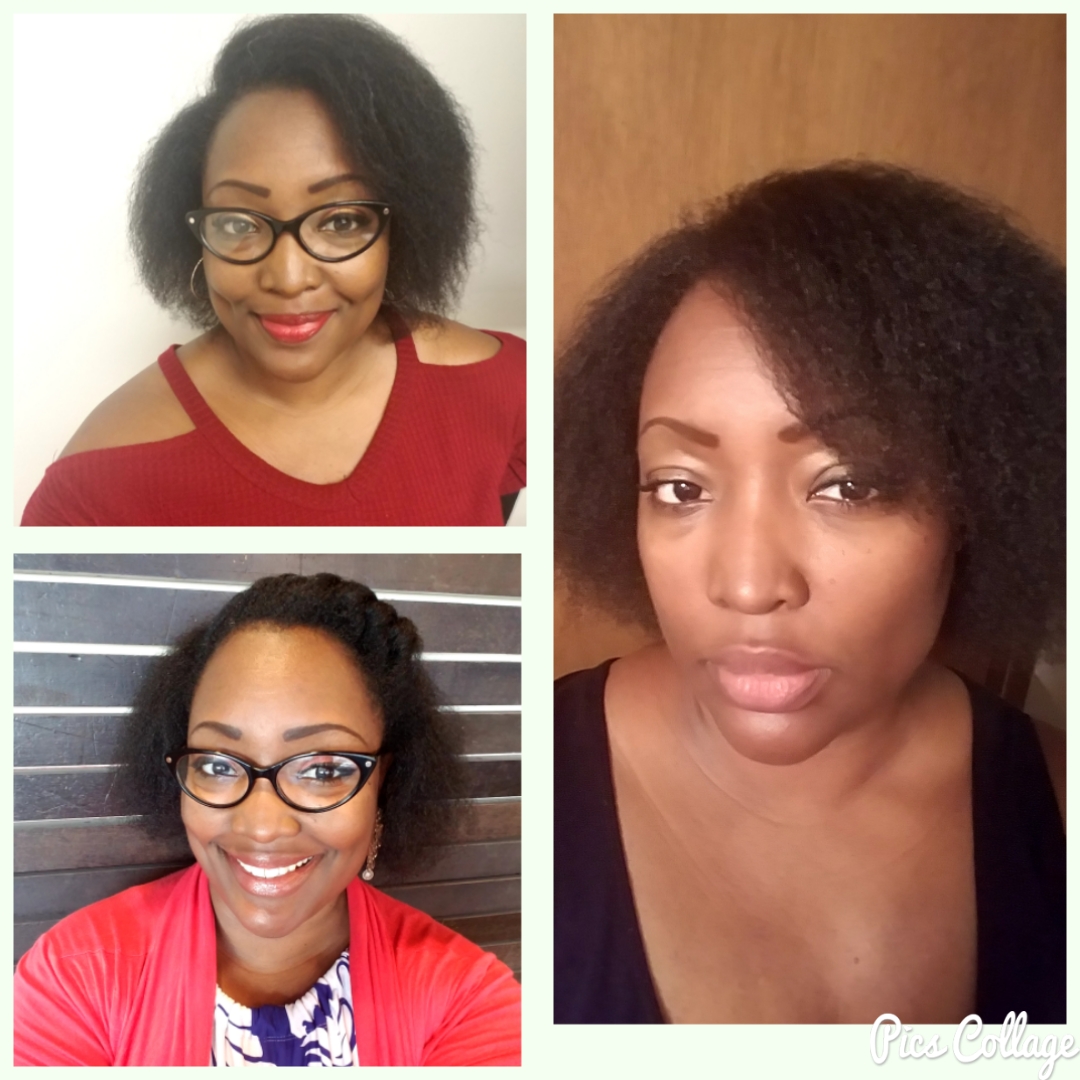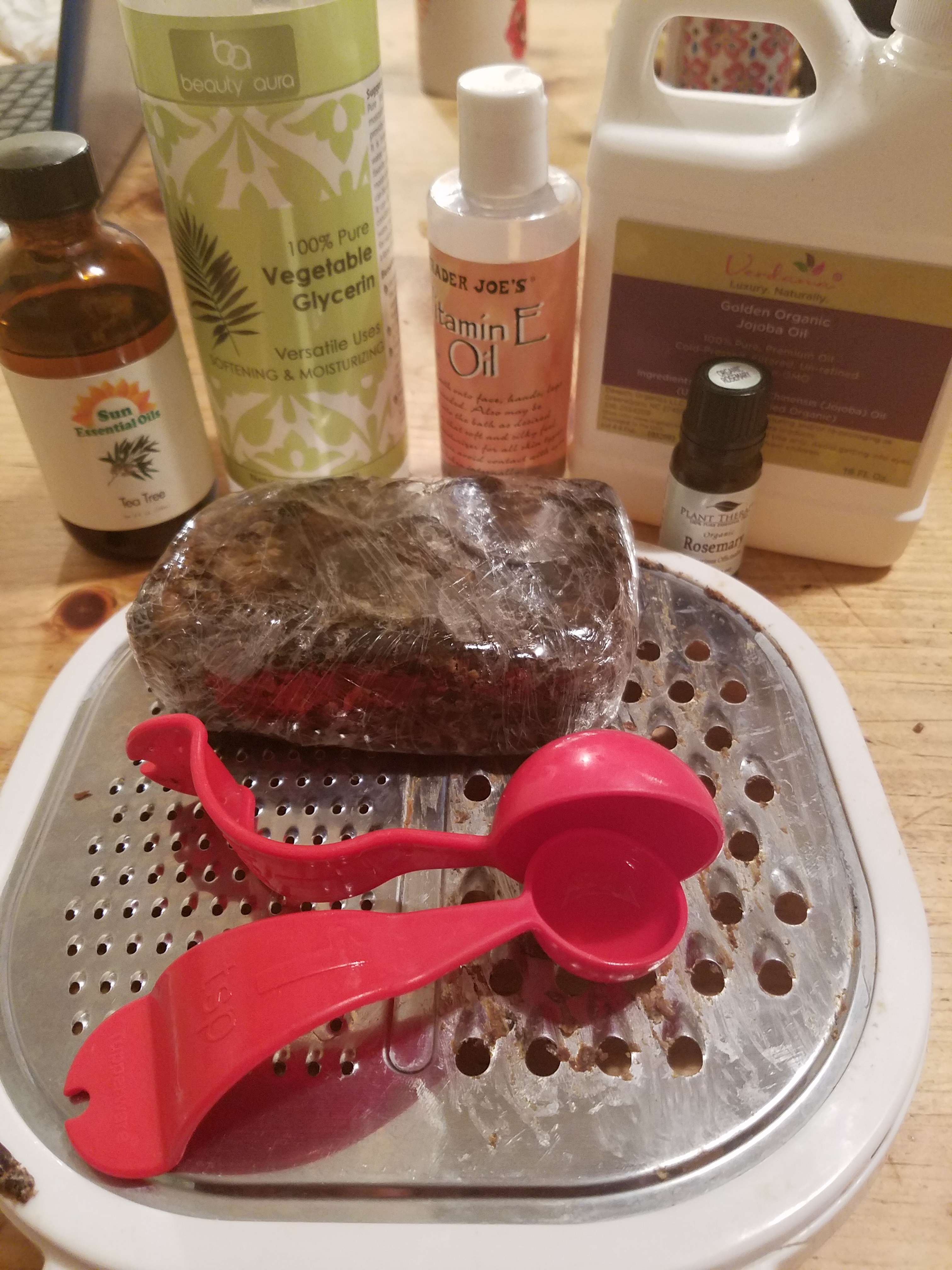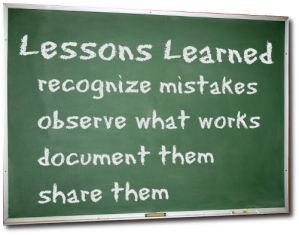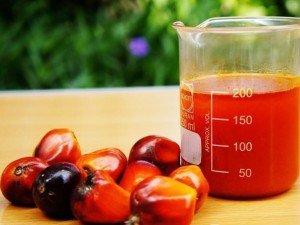
I was gifted Almocado Seaweed Shampoo and the moisturizing peppermint Daily Spritz by Youtuber Leecey Leece aka Lisa. She is an amazing person with a big kind heart. We’ve bonded over our not-so-good sisterlocks experiences and both have created videos speaking on them. We both desire to help others through our experiences so they can have better outcomes with their sisterlocks journey than we have. Lisa knows I have issues with dandruff and have been searching for other natural things to use on my locs besides the sisterlocks brand shampoos. I’m currently using the sisterlocks dandruff shampoo, which works just fine, but I’m open to using something else.
What is almocado?
They are a black-owned family business based in South East London. They make all natural, organic products specifically for those with kinky, coily hair. They have a line of gentle cleansers, deep conditioners, daily moisturizers, and protective balms that leave your hair soft and very manageable.
Over the weekend I tried the Seaweed shampoo and it left my locs feeling amazing. First, I got an instant lather. It wasn’t too much lather, but just enough. Second, I love the way the shampoo smells and feels. It’s almost a clear color and a little goes a long way. I felt the difference in my hair after the first wash. By the second shampoo, my hair felt light and silky. I didn’t try the Peppermint Daily Spritz until Sunday night. I spritzed my hair with it and followed it with my Wild Growth Moisturizing Oil on my ends. I plaited my hair in small plaits so I could have curly definition the next morning. The entire night I smelled the gentle smell of peppermint and it made me happy!
Plait out results

Monday morning when I took my plaits down I had very defined curls and waves and my hair still feels soft and smooth. I’m in love with this line of products and I can’t wait to try more! Next on my list is the Peppermint Tea Tree Shampoo which is supposed to be great for dandruff issues. What I love about Almocado is that their products can be used on loose natural hair or loc’d hair. So my daughters, who have loose natural hair, can use and benefit from their products as well.
Support black businesses!
But don’t support just because it’s a black business. Support because they are a black business that sells great products. I’ve never been one to blindly support someone just because. I’ve tried two of their products and I can confidently say that they offer great quality products made from the finest ingredients. Please go to https://www.almocado.com/ and read up on the business, what they offer, and then purchase.

